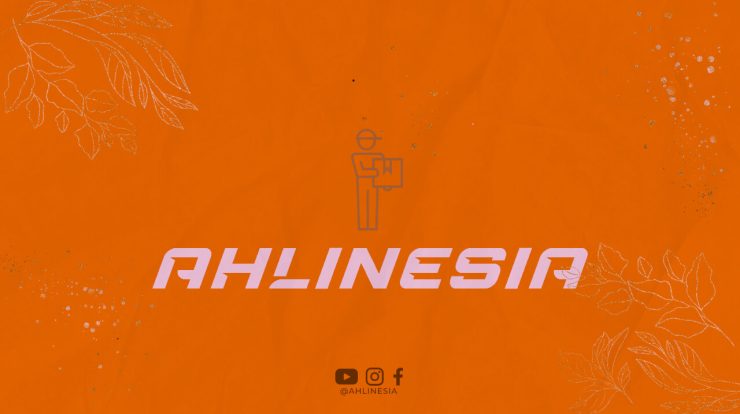
Australia has become a popular destination for international students due to its excellent education system and diverse culture. If you are considering studying in Australia, you may be wondering how many study intakes are available throughout the year. In this article, we will explore the study intake system in Australia and provide you with all the information you need to know.
1. Semester System
Australia follows a semester-based system for most of its universities and educational institutions. This means that the academic year is divided into two main semesters: the first semester and the second semester.
2. First Semester Intake
The first semester intake generally starts in February or late January, depending on the university. This is considered the primary intake for most courses and programs in Australia. Students who wish to commence their studies in the first semester need to submit their applications well in advance, usually by the end of the previous year.
3. Second Semester Intake
The second semester intake usually begins in July. This intake provides an opportunity for students who missed the first semester intake or those who prefer to start their studies later in the year. Similar to the first semester, applications for the second semester intake should be submitted several months before the commencement date.
4. Trimester System
While the semester system is predominant in Australia, some universities and colleges follow a trimester system. Under this system, the academic year is divided into three terms: trimester 1, trimester 2, and trimester 3.
5. Trimester 1 Intake
The trimester 1 intake usually starts in February, parallel to the first semester intake. It is an ideal option for students who prefer a more accelerated study program or those who missed the first semester intake.
6. Trimester 2 Intake
The trimester 2 intake typically begins in July, coinciding with the second semester intake. This allows students to start their studies later in the year or make up for any missed opportunities in the first semester or trimester 1.
7. Trimester 3 Intake
The trimester 3 intake, unlike the previous two trimesters, starts in November or December. It provides students with an additional opportunity to commence their studies and is particularly suitable for those who require more flexibility in their study plans.
8. Summer and Winter Intakes
In addition to the regular semesters and trimesters, some universities in Australia offer summer and winter intakes. These are shorter study periods that allow students to fast-track their courses or take specific subjects during their breaks.
9. Summer Intake
The summer intake usually takes place from December to February. It is an excellent option for students who want to make the most of their summer break by completing extra subjects or short courses.
10. Winter Intake
The winter intake occurs from June to August. It is an opportunity for students to utilize their winter break effectively and gain additional credits or experience.
11. Vocational Education and Training (VET) Intakes
Vocational Education and Training (VET) providers in Australia often have more frequent intakes throughout the year. These intakes depend on the specific course and institution, as they can vary significantly.
12. Conclusion
Australia offers multiple study intakes to cater to the diverse needs of international students. Whether you prefer the traditional semester system or the more accelerated trimester system, you have various options for commencing your studies. Additionally, the availability of summer and winter intakes allows you to make the most of your breaks and complete your education faster. It is essential to plan ahead and submit your applications well in advance to secure your spot in your desired intake. Good luck with your studies in Australia!





